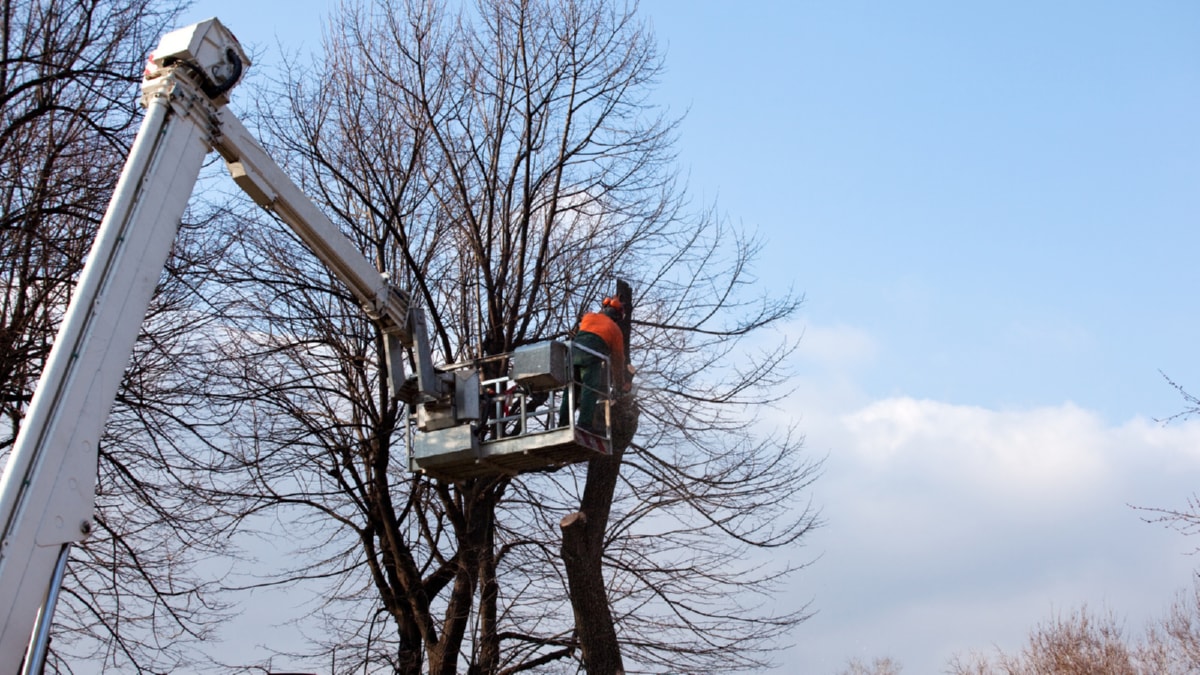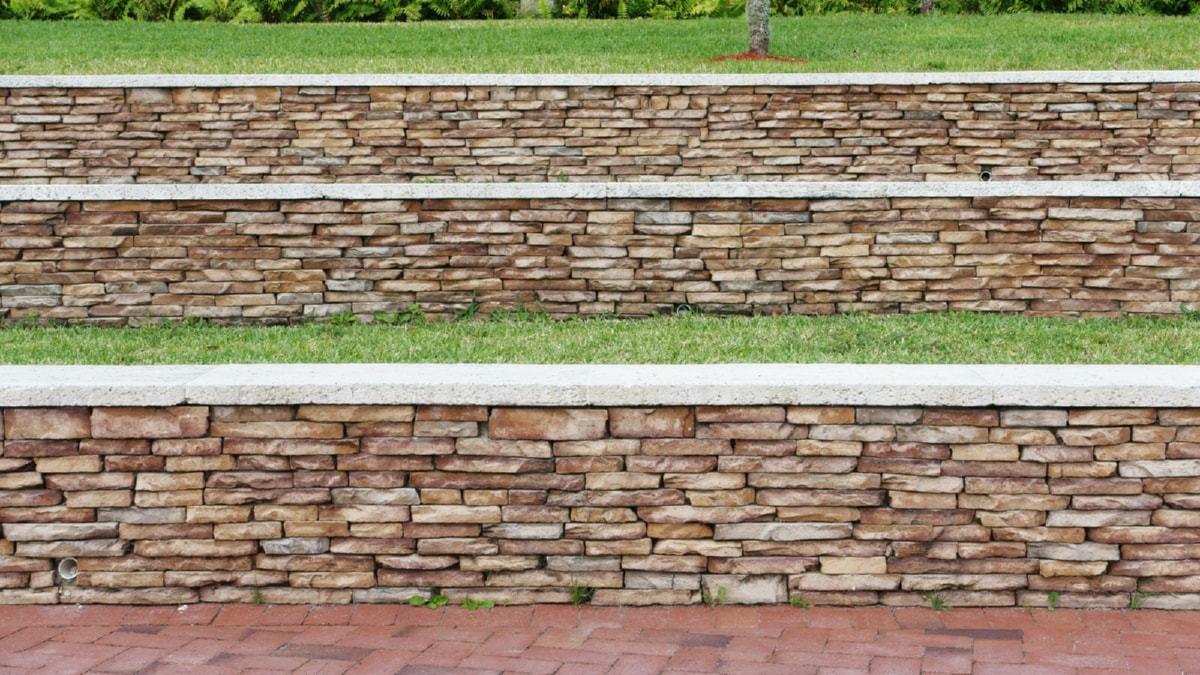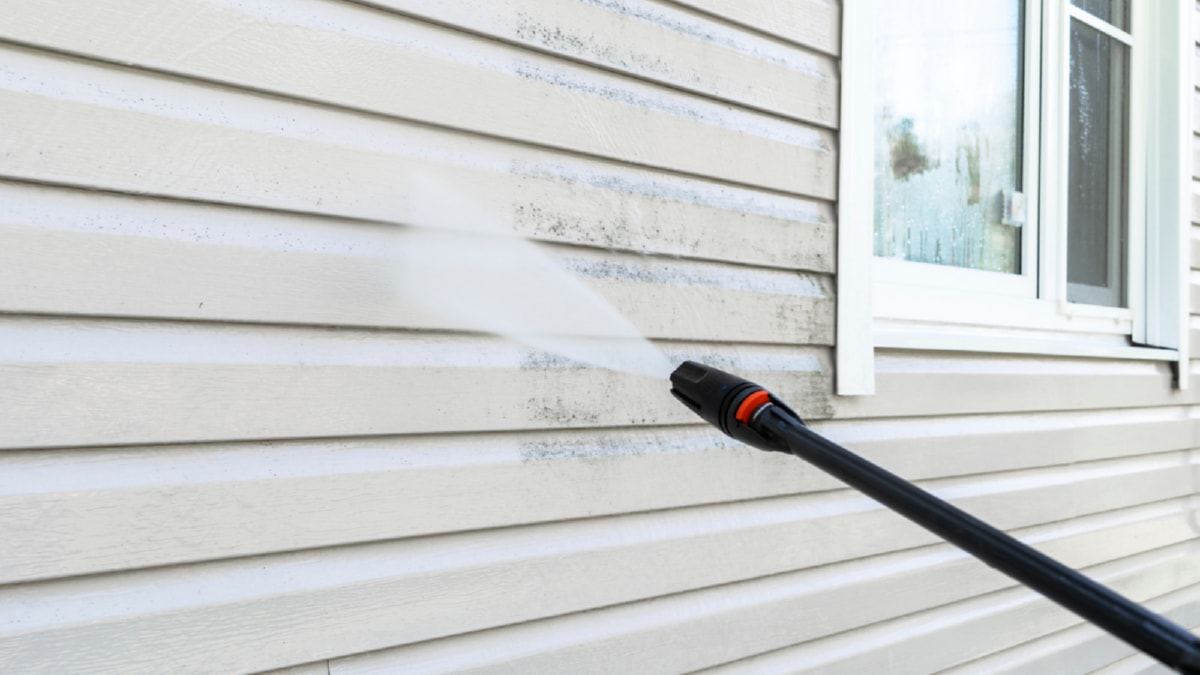Choosing the right machinery for your construction project is a crucial part of the construction process. The right equipment contributes to the project’s success by improving efficiency, enhancing safety, and ensuring high-quality work. It’s therefore crucial that construction companies know how to make the best choice.
The first step is knowing what your project entails. Different projects require different types of machinery, so being aware of your project’s scope, complexity, and duration can help guide your choice. For example, a large-scale commercial development may require heavy-duty equipment such as bulldozers, while a smaller residential project may only need lighter machinery like mini excavators.
Secondly, consider the physical state of the machinery. Brand-new machinery often comes with the latest features and safety standards, but they’re usually more expensive. On the other hand, second-hand machinery can be a cost-effective alternative, provided it’s been well-maintained and still meets safety standards.
Lastly, think about the machinery’s productivity. Equipment that can perform multiple tasks is often a good choice as it can save time and reduce labor costs. For instance, a telehandler can perform a variety of tasks such as digging, lifting, and clearing, making it a versatile addition to any construction site.
Sustainable construction methods are also becoming increasingly popular in the construction industry. This approach involves using eco-friendly materials and practices to create buildings that are energy-efficient and have minimal impact on the environment.
For instance, builders may use recycled materials to reduce waste, while also integrating energy-efficient systems like solar panels to reduce the building’s carbon footprint. Moreover, green construction often incorporates water-saving features, such as low-flow plumbing fixtures, to conserve water.
The construction industry has also seen a surge in the use of technology. From drones for site surveys to 3D printing for creating building components, technology is revolutionizing the way construction projects are managed and executed.
Safety is another critical aspect of construction. Workers are exposed to potential hazards, so it’s essential to implement strict safety measures. These can include providing protective equipment, conducting regular safety training, and adhering to safety regulations.
Finally, staying on top of the latest trends can give construction companies a competitive edge. These trends include the use of 3D modelling, the adoption of offsite construction methods, and the increased use of automation in construction.
Managing risks is another crucial aspect of successful construction project management. This can involve spotting possible hazards, implementing measures to mitigate these risks, and having a contingency plan in place in case of unforeseen issues.
In conclusion, the construction industry is a complex field with multiple factors to consider. Selecting suitable machinery, embracing sustainable building practices, harnessing the power of tech, ensuring safety, keeping up with industry trends, and mitigating project risks are all key to successful project execution.
For more details, check best Tarmac Services Dublin also providing Paving Kildare, Driveways Kildare and Landscaping Kildare or visit their Tarmac Dublin business listing here.




